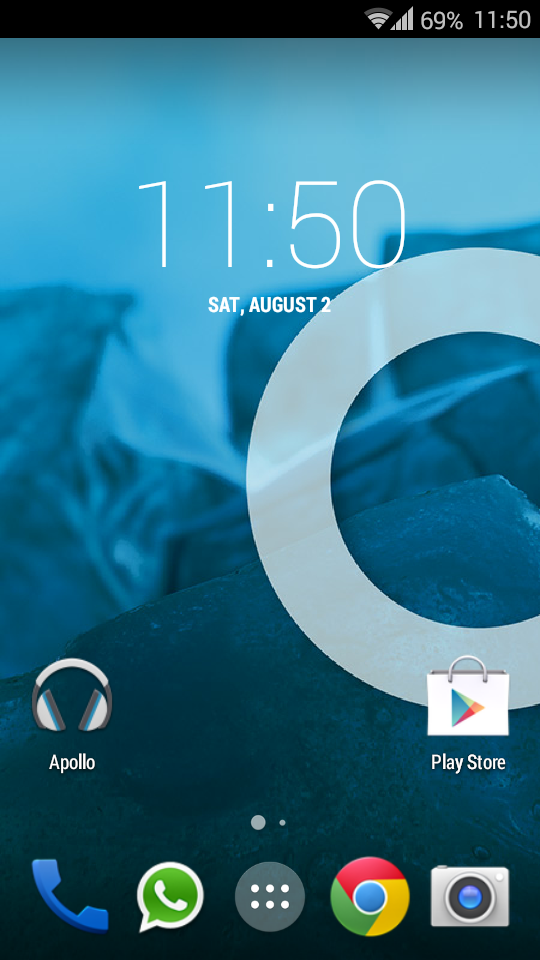Software architect looks like a prestige job, but to me, it is nothing different from an engineering with a deeper understanding about the problem domain and limitations.
As an architect, I look at my job from different dimensions. This ability is very important or you will fall into the trap of over-engineering or under design(It may be the case for my daily life).
1. Business Dimension: Understand the problem
The key difference between a software architect and a general programmer is not simply the technical competence, it should be the degree of understanding to a business domain. Without such understanding, an architect cannot make reasonable trade-off among different solutions. It covers the flexibility, configuration, performance and loading concern.
2. Structural Dimension: How the code are organized and grouped?
The main difference between a good program and bad program is how the program is structured so that it can truly reflect the current and upcoming business use cases. I suggest to start small, and try to explain the function of each module in “1 simple sentence”. You can refactor the project later on if your business grows.
3. Tier Dimension: Classical MVC? Restful => Spring => ESB => DB?
Once we defined a business use cases, we can design the data flow. Usually data or request will flow through different layers which have different concerns. MVC is a classical 3-tier architecture, which C & V are external facing while M are the business objects, we can then focus on the responsibilities of each tier. Furthermore, there are more layering architecture, for example, Events => Karfka => Cassandra for data warehouse. We need to broaden our eye to understand how others solve similar problems
4. Library Dimension: What and why we can choose
We should not reinvent the wheel, when we want to implement something, we should first Google to see if there is any available libraries which serves the purposes. Using other’s libraries can save your time and most importantly, keep some design frauds away from your system. Of course, if you are an experienced architect, you can quickly sniff a library fit your needs or not, it is the key value you added to your team.



